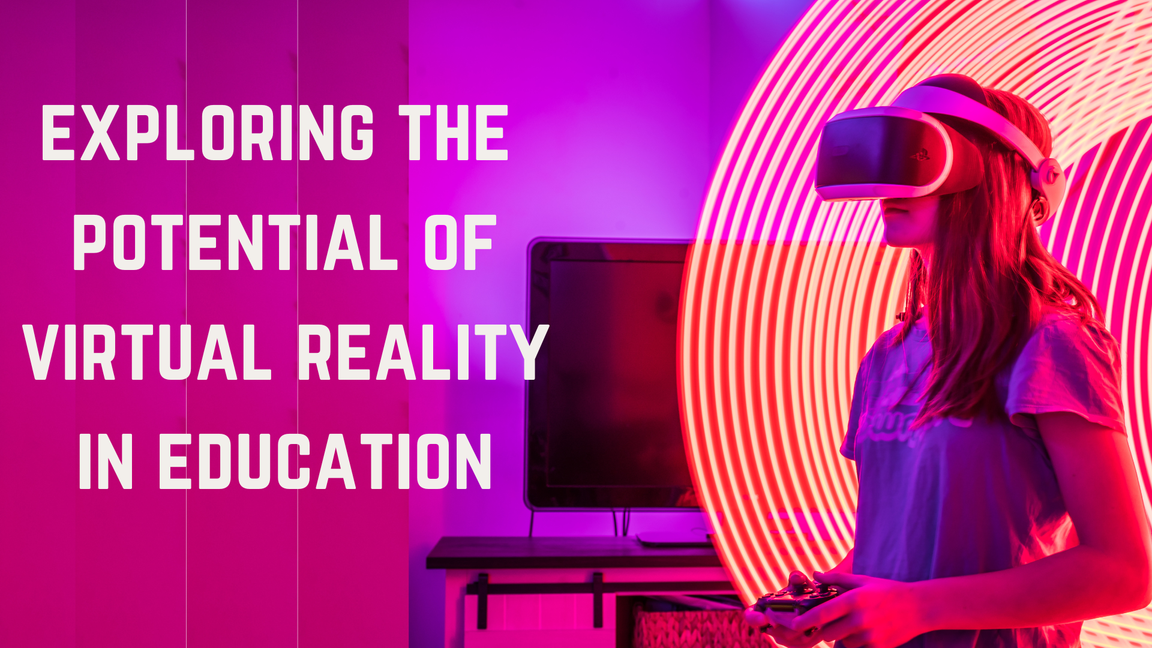

Exploring the Potential of Virtual Reality: Revolutionizing Industries and Enhancing Human Experience
Virtual reality (VR) has been a topic of fascination for decades, with science fiction often portraying it as a futuristic technology that would transform the way we live, work, and interact. In recent years, VR has made significant strides, transitioning from a niche technology to a mainstream phenomenon with far-reaching implications. This article will delve into the potential of VR, exploring its applications, benefits, and the ways in which it is set to revolutionize various industries and aspects of human life.
The Concept of Virtual Reality
Virtual reality is a computer-generated simulation of a three-dimensional environment that can be experienced and interacted with in a seemingly real or physical way. This is achieved through a combination of hardware, such as head-mounted displays (HMDs) or gesture-tracking devices, and software that creates the virtual environment. VR technology aims to create an immersive experience that engages the user’s senses, making them feel as if they are part of the virtual world.
Applications of Virtual Reality
VR has the potential to transform a wide range of industries, from entertainment and education to healthcare and architecture. Some of the most promising applications include:
- Gaming: VR gaming provides an unparalleled level of immersion, allowing players to engage with virtual environments and interact with characters in ways that were previously impossible.
- Education: VR can revolutionize the learning experience, making complex concepts more engaging and interactive. Virtual field trips, 3D simulations, and interactive lessons can enhance student engagement and retention.
- Healthcare: VR is being used in therapy, treatment, and training in fields such as psychology, surgery, and nursing. It can help patients overcome phobias, alleviate pain, and improve medical skills.
- Architecture and Real Estate: VR enables architects and designers to create immersive, interactive models of buildings and spaces, enhancing the design process and improving customer experience.
- Training and Simulation: VR is being used in fields such as aviation, military, and manufacturing to provide realistic, high-stakes training simulations that improve performance and reduce costs.
Benefits of Virtual Reality
The benefits of VR are multifaceted and far-reaching, including:
- Increased Engagement: VR’s immersive nature can increase user engagement and participation, leading to improved learning outcomes, enhanced customer experience, and more effective training.
- Cost Savings: VR can reduce costs associated with physical prototypes, travel, and infrastructure, making it an attractive solution for industries such as architecture and manufacturing.
- Improved Safety: VR simulations can provide a safe and controlled environment for high-risk training, reducing the risk of injury or damage.
- Enhanced Accessibility: VR can provide equal access to experiences and opportunities for people with disabilities, language barriers, or geographic constraints.
- Emotional Connection: VR’s immersive nature can evoke strong emotions, creating a deeper connection between users and the virtual experience.
Challenges and Limitations of Virtual Reality
While VR holds immense potential, there are several challenges and limitations that need to be addressed, including:
- Cost: High-end VR equipment can be expensive, making it inaccessible to many individuals and organizations.
- Technical Requirements: VR requires powerful hardware and high-speed internet connectivity, which can be a barrier for those with limited resources.
- Content Creation: Creating high-quality VR content can be time-consuming and costly, limiting the availability of VR experiences.
- Health Concerns: VR can cause eye strain, headaches, and motion sickness, highlighting the need for careful design and safety guidelines.
- Social Isolation: VR can lead to social isolation and decreased human interaction, emphasizing the importance of balancing VR use with real-world connections.
The Future of Virtual Reality
As VR technology continues to evolve, we can expect to see significant advancements in the areas of:
- Standards and Interoperability: Industry-wide standards and interoperability will facilitate the development of VR content and hardware.
- Artificial Intelligence and Machine Learning: AI-powered VR experiences will become more sophisticated, personalized, and responsive.
- Social VR: Social VR platforms will enable users to interact with each other in virtual environments, fostering collaboration, communication, and community building.
- Augmented Reality: The convergence of VR and augmented reality (AR) will blur the lines between physical and virtual worlds, revolutionizing industries such as retail, education, and healthcare.
- Accessibility and Inclusivity: VR will become more accessible and inclusive, catering to diverse needs, languages, and abilities.
Conclusion
Virtual reality has the potential to transform industries, enhance human experiences, and push the boundaries of what is possible. As VR technology continues to evolve, it is crucial that we address the challenges and limitations, prioritize accessibility and inclusivity, and harness the benefits of VR to create a better future for all. With its promise to revolutionize the way we live, work, and interact, VR is set to play a pivotal role in shaping the world of tomorrow.





3 thoughts on “Exploring the Potential of Virtual Reality”